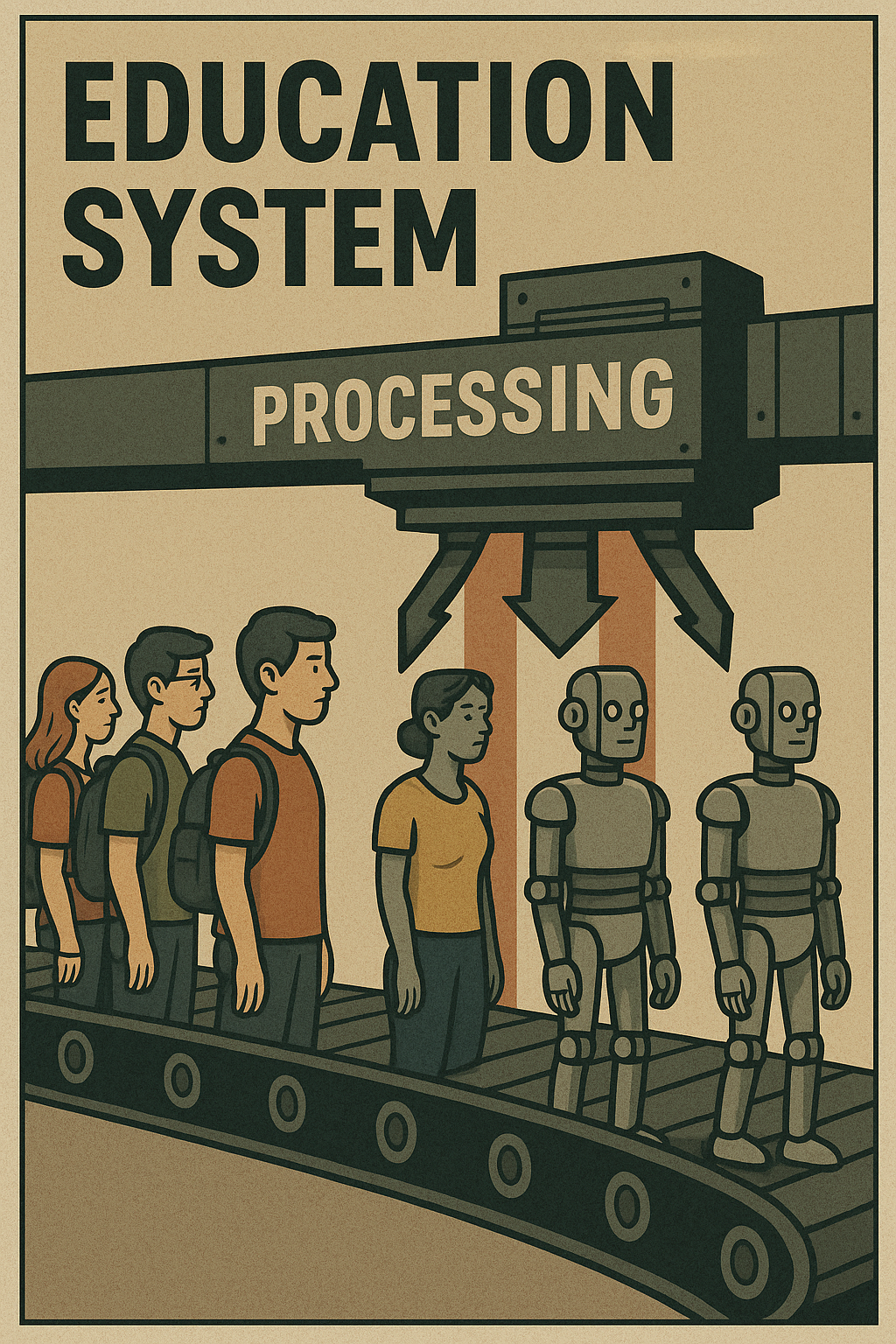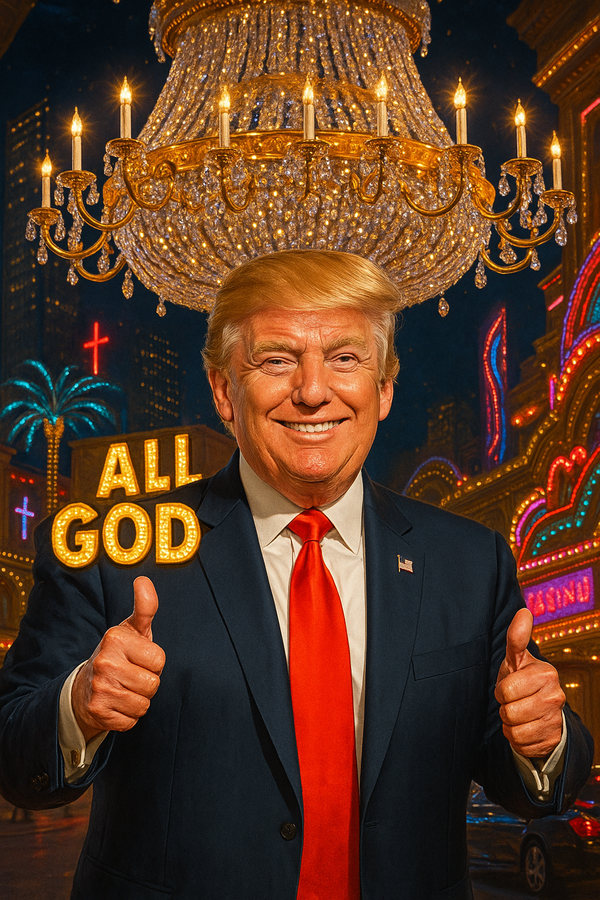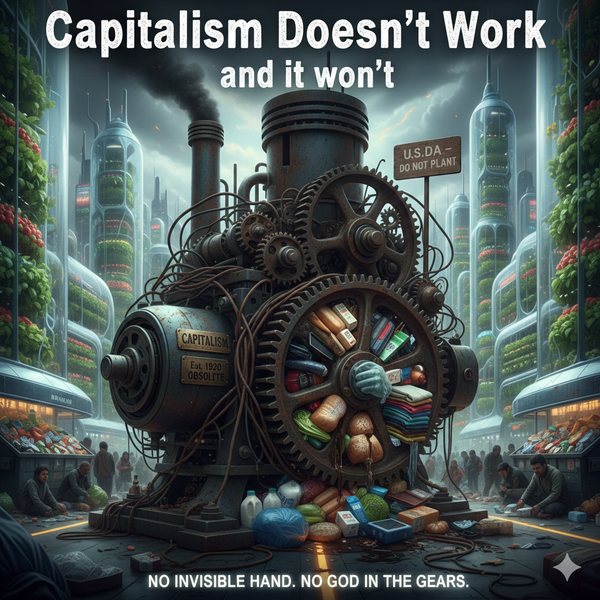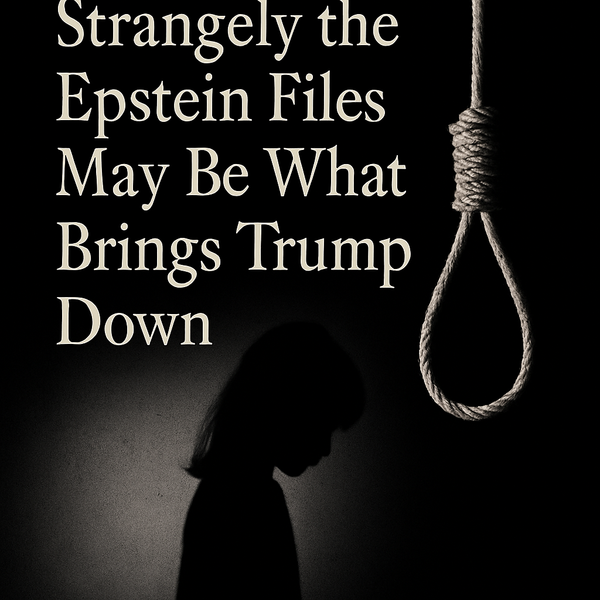Friend of the Working Man

Really?
Summary: Support for Donald Trump is not about policy; it’s a transaction born from 40 years of economic and cultural humiliation by both parties. Trump successfully channeled the resulting rage, selling a narrative where his supporters are forgotten heroes whose anger is righteous. Believing he is their weapon against a corrupt system, they consciously choose this "deal." The tragic irony is that while he validates their anger, he monetizes the presidency for personal gain, amassing nearly a billion dollars. He sells them a story of vindication, but the only product they receive is the anger itself, leaving their real problems unsolved.
Don't call them stupid. If it were that simple, we wouldn't still be having this conversation. The enduring support for a man who lies, steals, and sells out the very people who back him isn’t a failure of intelligence. It’s a transaction. The people who keep voting for Trump aren’t buying a candidate. They’re making a deal.
They trade their vote for a story that makes them the hero. Trump doesn’t deal in policy; he deals in story. His is simple: you are the forgotten hero. You worked the mills, drove the trucks, wore the uniform. Then they—the coastal elites, the immigrants, the “woke” liberals—stole what was rightfully yours. Every indictment, every scandal, every humiliation becomes proof that you’re the true victim and he’s the only one who will take your side. It isn’t truth they buy. It’s anger.
This deal is written on the back of forty years of pink slips and foreclosure notices. The rage runs deep because the humiliation is real, backed by decades of brutal math. Since the 1970s, productivity in the United States has soared, but the real wages for the average worker have barely budged. The wealth they created was siphoned off. They weren't just falling behind; they were being robbed in broad daylight by a system that both parties endorsed. Reagan told them government was the problem while he broke the unions. Clinton pushed the free trade deals that hollowed out small towns and handed the Midwest to China with a handshake and a smile. Bush lied his way into a war, torched two countries, and left Main Street bankrupt. Obama promised hope, then bailed out the Wall Street banks while mortgages drowned on their kitchen tables. Every chapter added to the humiliation—wages flat, jobs shipped overseas, opioids taking their kids, meth taking their neighbors.
Both parties share the blame for the dry rot, but their methods differ. It’s the difference between harm by design and harm by failure.
The Republican platform is harm by design. Its economic strategy is a direct and predictable trade-off. To deliver its core product—massive tax cuts for corporations and the wealthy, along with deregulation—the support systems for the majority must be weakened. The harm to the poor and middle class isn't an accidental side effect; it's the necessary cost of the policy. The outcome is a system that reliably concentrates wealth at the top, leaving everyone else with stagnant wages and a frayed safety net.
The Democratic platform is harm by failure. Its stated goals are to strengthen the middle class, but its record is littered with catastrophic failures of foresight and will. The most significant example is the championing of free-trade deals that devastated American manufacturing. The goal may have been lower consumer prices, but the predictable outcome was entire communities being erased. The damage was severe, but it stemmed from a failure to protect their constituents, not a core design to defund them.
Into this landscape of deliberate betrayal on one side and failed protection on the other walked a salesman. Trump didn’t create the wrath; he gave it a face and a scapegoat. He told them their humiliation wasn’t their fault. He took every complex failure of global capitalism and turned it into a bar fight. And his story was so effective because his opponents had forgotten how to tell one, offering policy papers and condescending lectures like "learn to code" to a population that was bleeding out.
The culture had already paved the road for him. The media turned ignorance into a punchline— “I stayed at a Holiday Inn Express last night”—as if one night in a motel equals years of medical school. Hollywood glorified the swaggering macho man with a big stick, and only later did the truth come out: he killed his wife. Republicans absorbed it all, turning that script into scripture. Education doesn’t matter, experts don’t matter, facts don’t matter. What counts is what’s in your gut. And their gut, stuffed with fast food and processed garbage, was paraded as authenticity.

This isn’t a passive delusion. It’s a choice. They are choosing a useful lie over a truth that offers them nothing but blame for their own obsolescence. They know he’s a con man. They voted for him because he’s a con man. He’s their con man, sticking it to the people who have been running a bigger, cleaner, more polite con on them for a generation.
And the deal has different terms for different customers. For the forgotten factory worker, the deal is about dignity and a promise to punish their enemies. For the wealthy donor, the deal is simpler: massive tax cuts and the gutting of regulations. For the evangelical, the deal is a guarantee of conservative judges who will legislate their morality from the bench. For the suburbanite, it’s a promise of "law and order" and a wall against the demographic changes they fear. Trump’s genius was realizing all these groups would sign the same contract, even if they were only reading one clause.
That’s why every insult aimed at Trump—every indictment, every fact-check—feeds the story instead of breaking it. It’s proof that the deal is working, that the enemy sees him as a threat. When the world calls Trump a fraud, they hear themselves being called fools. His survival becomes their survival. Their vote isn’t just a ballot. It’s a weapon. A middle finger aimed at the whole damn map.
The tragedy is that the deal was a lie from the start. They thought they hired a killer, but the rest of the world saw a clown. Abroad, the world’s strongmen took his measure on day one. Putin, Xi, Kim—they run brutal regimes, but they are serious men, and they know an unserious man when they see one. They played him with parades and flattery, and he preened online while they carved up the world. Their champion turned out to be the court jester.
And while he was being played abroad, he was picking their pockets at home. The betrayal is written in the fine print of the deal they so eagerly signed, a pattern from his first term that he hasn't abandoned. He hands them a slogan and takes their healthcare, their clean water, their future. Farmers were told he’d stand with them against China, but his trade wars gutted their markets. Soybeans rotted in silos as farm bankruptcies rose. Coal miners were promised a comeback that never came. Small businesses got tax cuts in his speeches but scraps in reality.
The people who fill his rallies are the ones who lost healthcare when he tried to gut the Affordable Care Act. They’re the ones breathing dirtier air after he rolled back environmental protections. They’re the ones trapped in debt while he cut taxes for the wealthy. The pattern is brutal: those who support him most suffer the most. He gives them enemies, not answers. He leaves their lives smaller, poorer, meaner—then tells them the pain is proof of their loyalty.
This was always the nature of the grift. Trump is the first president to turn the office itself into a profit center. Washington warned against kings, Lincoln begged for unity, Roosevelt fought depression and war. Trump didn't just abuse the office—he monetized it. He recycled donor money directly into family businesses, with political committees spending over $40 million at his own hotels and resorts. He sold access to the highest bidder and leveraged his political brand into a portfolio of crypto schemes and licensing deals. While his voters cheered, he laughed all the way to the bank—cashing in on nearly a billion dollars of realized profits since he first ran for office.
To protect the grift, loyalty had to outrank competence, a principle now deeply entrenched. In his administration, incompetence isn’t a flaw—it’s a feature. If you knew what you were doing, you might resist. If you didn’t, you’d obey. A neurosurgeon like Ben Carson with no housing experience runs Housing and Urban Development. A governor like Rick Perry who once vowed to abolish the Energy Department wound up running it. His son-in-law, Jared Kushner, negotiated Middle East peace. Expertise was purged. Loyalty remained.
This isn’t politics anymore. It’s theater, a ritual of grievance. Trump stages rallies where supporters chant like congregants. You don’t go to church for data; you go to be saved. He can’t give them jobs, healthcare, or dignity. But he offers salvation by grievance. He gives them anger, and anger feels better than nothing.
That’s the real danger. Reality can be bargained with. Interests can be negotiated. But anger is endless. It doesn’t solve a problem; it just keeps the wound open, making humiliation addictive. And while Trump feeds that hunger, the same forces that stripped those towns bare—consolidated wealth, broken healthcare, monopolies—keep rolling on untouched.
So why do they keep voting for him? Because he tells them their rage is righteous. Because the Republican party has nothing left to sell but fear and resentment. Because humiliation feels lighter when someone else pays for it. Because anger has become its own economy, and Trump is the only one minting the currency.
The anger buys the sugar high. The crash always follows. The tragedy is that it won’t bring back their jobs or their pride. It won’t sober up their kids or reopen the mill. It won’t stop the billionaires from cashing in while their roads crumble.
The war is real. The hero was a lie. And when it all burns down again, he’ll walk away and sell tickets to the fire. They’ll be left in the ashes, still clutching the story they bought.
Appendix: Trump Profit Ledger (as of October 2025)
| Category | Estimate | Notes |
| $TRUMP memecoin (fees & issuer profits) | $300–400M | Trading fees + issuer/creator profits from launch through mid-2025. |
| World Liberty Financial (crypto/DeFi venture) | $400M+ | Reported family haul from WLFI tokens & fees. |
| NFTs / digital cards | $7M | Forbes estimate of NFT revenues. |
| Foreign government spending at Trump businesses | $8–14M | Hotel bills & events paid by Saudi, China, Turkey, Kuwait, etc. |
| PAC & campaign spending at Trump properties | $40M+ | OpenSecrets tracking of political dollars routed into Trump hotels/resorts. |
| Paid access dinners / meetings | $150M+ | Includes $148M spent by $TRUMP holders to qualify for dinner + $1–5M per seat Mar-a-Lago packages. |
| Subtotal – Realized Cash: | ≈ $900M–$1.1B |
| Category | Paper / Speculative Value | Notes |
| **$TRUMP coin holdings** (market cap) | ~$1.5B circulating | Insider holdings once hypothetically worth tens of billions at peak. |
| Truth Social / TMTG (DJT stock) | $3–5B (swinging) | Trump’s stake fluctuates; company loses ~$400M/yr. |
| International licensing & branding (Gulf states, golf, hotels) | Hundreds of millions (potential) | No firm totals, but active deals floated in Saudi Arabia, UAE, Qatar. |
| Subtotal – Paper Value: | ≈ $5–8B |
Combined Picture
- Realized cash in hand: ~$1B
- Speculative upside: ~$5–8B
- Grand headline figure Trump touts: $6–9B
Further Reading on Burnt Ground
- The Regressive Lie— Forty years of broken promises that set the stage for Trump’s grift.
- The Dystopia We Ordered— How the politics of resentment replaced hope with a market for rage.
- Only One Headline Will Run— On putting the current American collapse in historical context.
- Trump Pardons the Unpardonable— On power abused and debts erased.
- PrumpTutin’s Treason— How Trump and Putin made a bargain at democracy’s expense.
- Again, How Much Does It Cost?— On the United States healthcare system’s cruelty, greed, and the price we all pay.
- The Supply Chain to the Grave— A look at the economy built on bones, from conflict minerals to consumer goods.
- Wars Are What We Do— The long arc of human conflict and the profiteers who always win.





